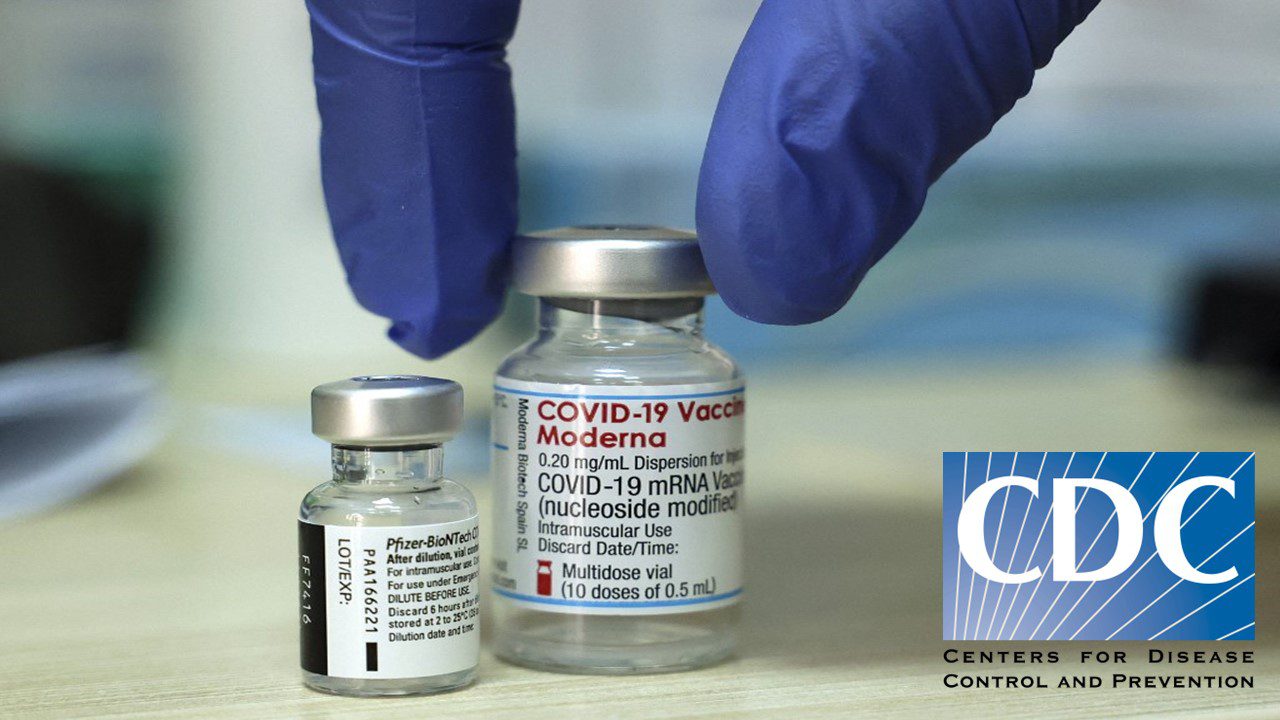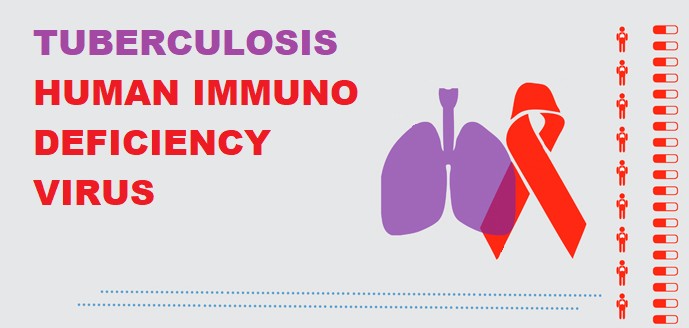TL;DR
Epidemiologic modeling is a branch of epidemiology that uses mathematical models to simulate disease transmission and to analyze the impact of interventions. Various mathematical tools such as differential equations, stochastic models, and network models are used in epidemiologic modeling, and software programs such as R, MATLAB, and Python are available for building and analyzing these models. Assumptions are central to epidemiologic modeling and are used to simplify the complex reality of disease transmission. The Susceptibility, Infection, and Recovery (SIR) model is the most common type of epidemiologic model, and it assumes that individuals move between three categories: susceptible, infected, and recovered. New epidemiologic models have been developed to address the COVID-19 pandemic, including age-structured and spatial models. Artificial intelligence (AI) has the potential to revolutionize epidemiologic modeling by enabling more accurate and efficient analysis of complex data.
Introduction
Epidemiologic modeling is a mathematical approach to understanding and predicting the spread of infectious diseases. It uses various mathematical tools to simulate disease transmission and to analyze the effects of interventions such as vaccination or quarantine. Epidemiologic modeling has become an essential tool in public health for guiding decision-making and policy-making during epidemics and pandemics.
A Short History of Epidemics
Throughout human history, epidemics have been a significant threat to public health, causing enormous human suffering and affecting the course of human history. Epidemics can rapidly spread from person to person, often leading to a large number of infections and deaths within a short period of time.
One of the most notable epidemics in human history is the Spanish Influenza, which occurred between 1918 and 1920. It is estimated that the Spanish Influenza killed between 50 and 100 million people worldwide, making it one of the deadliest pandemics in human history. The Spanish Influenza had a significant impact on human society, leading to economic disruption, social unrest, and widespread mortality.
Another major epidemic that had a significant impact on human history is the Plague, which first appeared in Europe during the Middle Ages. The Plague was caused by the bacterium Yersinia pestis and was transmitted through the bites of infected fleas. The Plague is estimated to have killed 25 million people during the 14th century alone, causing significant social and economic disruption throughout Europe.
More recently, the Severe Acute Respiratory Syndrome (SARS) epidemic emerged in China in 2002 and spread globally, infecting more than 8,000 people and causing over 700 deaths. The SARS epidemic had a significant impact on global public health and led to widespread panic and economic disruption.
These epidemics illustrate the significant threat that infectious diseases can pose to human society. They have had a profound impact on human history, leading to social and economic disruption, political instability, and widespread mortality. Epidemiologic modeling has played an important role in understanding and controlling the spread of infectious diseases and will continue to be a critical tool in the fight against future epidemics.
Epidemiology and Epidemiologic Modeling
Epidemiology is a field of study that seeks to understand the distribution and determinants of health and disease in populations. It involves the study of the patterns, causes, and effects of health and disease conditions in defined populations, and the application of this knowledge to the control and prevention of diseases. Epidemiologists use a range of methods to study diseases, including observational studies, clinical trials, and epidemiologic modeling.
Epidemiologic modeling is a branch of epidemiology that uses mathematical models to simulate disease transmission and to analyze the impact of interventions. These models are based on a range of factors, including the characteristics of the disease, the population at risk, and the available interventions. Epidemiologic models can be used to predict the potential impact of different interventions on disease transmission and to help guide decision-making and policy-making in public health.
Epidemiologic modeling has become increasingly important in recent years, as new and emerging infectious diseases continue to pose a significant threat to public health. For example, the COVID-19 pandemic has highlighted the need for accurate and reliable epidemiologic models to guide decision-making and policy-making. Epidemiologic models have been used to predict the potential impact of different interventions, such as lockdowns, mask mandates, and vaccination programs, on disease transmission.
The use of epidemiologic modeling in public health has also created new career opportunities for data analysts and epidemiologists. These professionals play a critical role in developing and evaluating epidemiologic models, analyzing data, and communicating the findings to policymakers and the public.
Mathematical Tools Used in Epidemiologic Modeling
Epidemiologic modeling is a complex and multifaceted field that requires a deep understanding of mathematics, statistics, and computer science. Differential equations, stochastic models, and network models are just a few of the mathematical tools used in epidemiologic modeling. Differential equations are a fundamental tool for modeling the spread of infectious diseases over time. These equations allow researchers to describe the rate of change of different variables, such as the number of susceptible individuals, the number of infected individuals, and the number of recovered individuals.
Stochastic models, on the other hand, take into account the random fluctuations that occur in disease transmission. These models are particularly useful for understanding the spread of infectious diseases in small populations or when there is a high degree of uncertainty about the transmission dynamics of a disease. Stochastic models are commonly used in the analysis of outbreaks of infectious diseases such as Ebola and Zika.
Network models are another type of mathematical tool used in epidemiologic modeling. These models represent the social networks of individuals in a population and allow researchers to simulate the spread of infectious diseases through these networks. Network models can be particularly useful for understanding how diseases spread through close-knit communities such as schools, hospitals, or prisons.
To implement these mathematical tools, there are several software programs available for epidemiologic modeling, including R, MATLAB, and Python. These tools provide a platform for researchers and public health officials to build and analyze models that simulate disease transmission, evaluate the impact of interventions, and make predictions about future outbreaks. These programs are user-friendly and provide a range of functions and algorithms for modeling disease transmission.
Overall, the mathematical tools and software programs used in epidemiologic modeling are critical for understanding the spread of infectious diseases and developing effective interventions. They allow researchers to make predictions about the trajectory of outbreaks, evaluate the impact of interventions, and develop strategies for controlling the spread of infectious diseases. With the ongoing COVID-19 pandemic, these tools and techniques have never been more important for protecting public health and saving lives.
Assumptions in Epidemiologic Modeling
Mathematical models, including epidemiologic models, are based on a set of assumptions that help to simplify the complex reality of disease transmission. These assumptions are necessary to make predictions about the future spread of a disease and to evaluate the potential impact of different interventions. For example, epidemiologic models may assume that individuals in a population mix randomly, that the infectiousness of a disease is constant over time, or that individuals remain immune to a disease after they recover.
However, it is important to recognize that these assumptions are not always accurate representations of reality. In fact, assumptions can introduce biases and uncertainties into epidemiologic models. For example, if a model assumes that all individuals in a population mix randomly, this may not be an accurate representation of reality, as some individuals may be more likely to interact with each other than others. Similarly, assuming that the infectiousness of a disease is constant over time may not be accurate, as individuals may become more infectious as their symptoms progress.
To ensure the validity of epidemiologic models, it is essential to carefully evaluate the assumptions underlying them. This can involve comparing the predictions of the model with real-world data to determine whether the assumptions are realistic. It can also involve conducting sensitivity analyses to determine how sensitive the model’s predictions are to changes in the assumptions.
In addition, it is important to recognize that assumptions can vary depending on the specific context in which the model is being used. For example, assumptions about the transmission dynamics of a disease may be different in a densely populated urban area compared to a rural community. Therefore, it is important to carefully consider the assumptions underlying epidemiologic models in light of the specific context in which they are being used.
Classical Epidemiologic Model – S.I.R.
The Susceptibility, Infection, and Recovery (SIR) model is a classic epidemiologic model that has been used to study the spread of infectious diseases for several decades. This model is based on the idea that individuals in a population can be divided into three categories: susceptible, infected, and recovered.
In the SIR model, individuals move between these categories based on their likelihood of being infected and their immune status. At the beginning of an outbreak, most individuals in the population are assumed to be susceptible to the disease. As the disease spreads, some individuals become infected, and as they recover, they become immune to the disease.
The movement of individuals between categories is represented using a set of differential equations that describe the rate at which individuals transition from one category to another. These equations take into account factors such as the infectiousness of the disease, the rate at which individuals recover, and the rate at which individuals become immune.
SIR models can be used to simulate the spread of disease under different scenarios and to evaluate the impact of interventions such as vaccination or quarantine. For example, by simulating the spread of disease in a population, researchers can estimate the number of individuals who will become infected, the timing of the outbreak, and the number of individuals who will recover.
SIR models can also be used to evaluate the impact of interventions on the spread of disease. For example, by simulating the impact of a vaccination campaign on the spread of disease, researchers can estimate the number of infections that could be prevented and the potential impact of the vaccination campaign on the overall health of the population.
Despite their simplicity, SIR models have been widely used to study the spread of infectious diseases, including HIV/AIDS, Ebola, and COVID-19. These models can provide valuable insights into the dynamics of disease transmission and can help to guide effective interventions to control the spread of infectious diseases.
The Need for Novel Mathematical Models for COVID-19
The COVID-19 pandemic has presented a unique challenge to epidemiologists and public health officials due to its rapid spread and its impact on different populations in different ways. As a result, researchers have developed new epidemiologic models that take into account the unique characteristics of this virus and its spread.
One of the most significant developments in COVID-19 epidemiologic modeling has been the use of age-structured models. These models recognize that different age groups have different risks of infection, hospitalization, and mortality from COVID-19. By accounting for these differences, age-structured models can provide more accurate predictions of the impact of the pandemic on different populations.
Another important development in COVID-19 epidemiologic modeling has been the use of spatial models. These models take into account the spread of the virus across geographic regions and the impact of different interventions on the spread of the virus. By accounting for the movement of people and the impact of interventions on the spread of the virus, spatial models can provide more accurate predictions of the impact of the pandemic on different communities.
Additionally, researchers have developed hybrid models that combine age-structured and spatial modeling to provide a more comprehensive understanding of the spread of the virus. These models can provide insights into the impact of interventions on the spread of the virus across different populations and geographic regions.
The use of these new epidemiologic models has been essential for guiding decision-making and policy-making during the COVID-19 pandemic. By providing more accurate predictions of the impact of the pandemic on different populations and geographic regions, these models have helped public health officials and policymakers to make informed decisions about interventions to control the spread of the virus.
Leveraging the Power of AI in Epidemiologic Modeling
Artificial intelligence (AI) has the potential to revolutionize epidemiologic modeling by enabling more accurate and efficient analysis of complex data. By leveraging AI algorithms such as machine learning, epidemiologists can analyze vast amounts of data and identify patterns and relationships that might be missed using traditional statistical methods. These insights can help public health officials and policymakers make more informed decisions about disease prevention and control. Additionally, AI can assist experts in predicting disease outbreaks and in designing more effective intervention strategies. As the volume of data collected by health systems continues to grow, AI-driven epidemiologic modeling will become increasingly critical for understanding and controlling disease transmission.
Subscribe
to get our
LATEST NEWS
Related Posts

Infectious Diseases & Vaccinology
Rezzayo™’s Latest EU Approval for Invasive Candidiasis Breaks Ground in Antifungal Therapy
Rezafungin marks the initial addition to the treatment arsenal for patients grappling with invasive candidiasis in more than 15 years.

Infectious Diseases & Vaccinology
Unmasking the Shadow: CDC Battles the Latest Fungal Meningitis Outbreak in Matamoros, Mexico
CDC tackles fatal fungal meningitis outbreak linked to surgeries in Matamoros, Mexico.
Read More Articles
Synthetic Chemistry’s Potential in Deciphering Antimicrobial Peptides
The saga of antimicrobial peptides unfolds as a testament to scientific ingenuity and therapeutic resilience.












